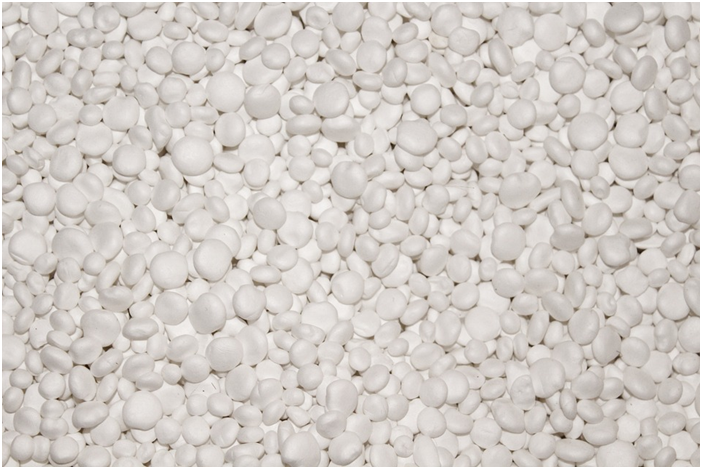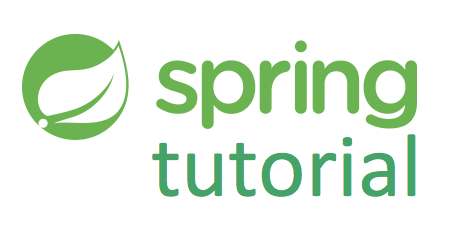Polystyrene Market is a highly versatile chemical compound that is used for manufacturing a variety of consumer products. It is a material that can be converted into different forms as per the requirements of the finished product by adding additives and other chemical compounds. The hardness of polystyrene depends on the type of product that is being manufactured. Polystyrene is widely used for manufacturing safety packaging whereas it is also used for manufacturing extra hard, durable materials such as laboratory ware, electronic appliances, small devices, automotive parts, gardening equipment, and much more. Nonetheless, polystyrene is also used as a foam material known as Expanded Polystyrene (EPS) or Extruded Polystyrene (XPS). The foam material is used for its cushioning and insulating properties. Foam polystyrene is widely used in insulation, lightweight and/or protective packaging, stabilizations systems, etc.
[tmh_article_ads]
Polystyrene Market Analysis:
The global polystyrene market is huge and it is growing rapidly alongside other industries due to increasing consumerism and emerging economies. The market is currently growing at a Compound Annual Growth Rate (CAGR) of 3.4 percent and it is expected to reach a market value of $40.41 million by 2022. In addition, the High Impact Polystyrene (HIPS) and General Purpose Polystyrene (GPPS) market is witnessing high demands from the APAC region. The demand for HIPS and GPPS alone in the APAC region is expected to grow at a CAGR of 8-10 percent till 2022.
The APAC region also holds the maximum global production capacity for HIPS and GPPS polystyrene, approximately 54 percent of the global production of HIPS and GPPS polystyrene i.e. 14 MMT. The APAC region also dominates the demand for EPS resin which is likely to grow at a CAGR of 4-5 percent till 2022 followed by Europe and North America that is expected to grow at a CAGR of 2-3 percent till 2022. The top global suppliers of polystyrene include companies such as Total Petrochemicals, INEOS, Jiangsu Laidun Baofu Plastifying Co., Americas Styrenics, and Zhenjiang Chi Mei Chemical Co. Ltd.
The packaging industry is the single-largest end-user of HIPS polystyrene and is growing at a steady CAGR of 3-5 percent. In addition, EPS resin is also a fast-growing market due to the rising demands of styrenics from the construction industry. China is a major buyer of HIPS and GPPS polystyrene in the APAC region due to the growing manufacturing industry which is projected to grow at a CAGR of 8-10 percent till 2022.
Mature markets such as North America, Europe, and Japan are going through capacity rationalization and therefore, the number of suppliers is limited to 4-6 per region. Contrarily, emerging economies such as the Middle East, China, and Taiwan have added capacity and these are likely to grow their capacity at a CAGR of 1-3 percent till 2022. In addition, the dynamics of supplier power varies between High, Medium, and Low for North America, European Union, and Asian region respectively. Similarly, the buyer power varies as well from the low, medium, and high for North America, European Union, and Asian region respectively.
Polystyrene – Industry Best Practices:
End-users (industries prefer to buy directly for a minimum order quantity of one or more truck/rail load. Here, one truckload is equal to 25 MT and one rail load is equal to 90-110 MT. In the direct buying process, logistics plays an important role as a cost component and fuel expenses constitute a big chunk of the overall logistics. Businesses prefer rail loads over truckloads as rail cars cost almost 3 times lower than the truckload. For the supply process, the manufacturers prefer large converters and distributors over Consumer Packaged Goods (CPG) companies. CPG companies try to buy larger quantities for maximized benefits and they also enter into long-term contracts with a minimum guarantee for a steady business relationship.
Polystyrene Capacity-Demand Analysis:
The global production capacity of HIPS and GPPS polystyrene is approximately 14 MMT whereas EPS resin production capacity is at 12 MMT. APAC dominates the production of both variants. Mature market segments such as Europe, Japan, and North America have rationalized their production capacity and only 4-6 suppliers exist in any specific region whereas emerging economies such as MEA, China, and Taiwan have added production capacity. Regions with capacity additions are expected to grow at a CAGR of 1-3 percent till 2022.
The polystyrene is present everywhere from paper cups to disposable packaging material and highly sophisticated electronic equipment. Such omnipresence reflects the significance of different types of polystyrene in the modern lifestyle. This also makes it a highly versatile and in-demand product for almost every industry and therefore, the global polystyrene industry is growing rapidly. Its demand, supply, and production affect other industries and both the suppliers and manufacturers try their best to keep certain variables in check to meet global demands and serve the end-user industries efficiently.



Share your thoughts